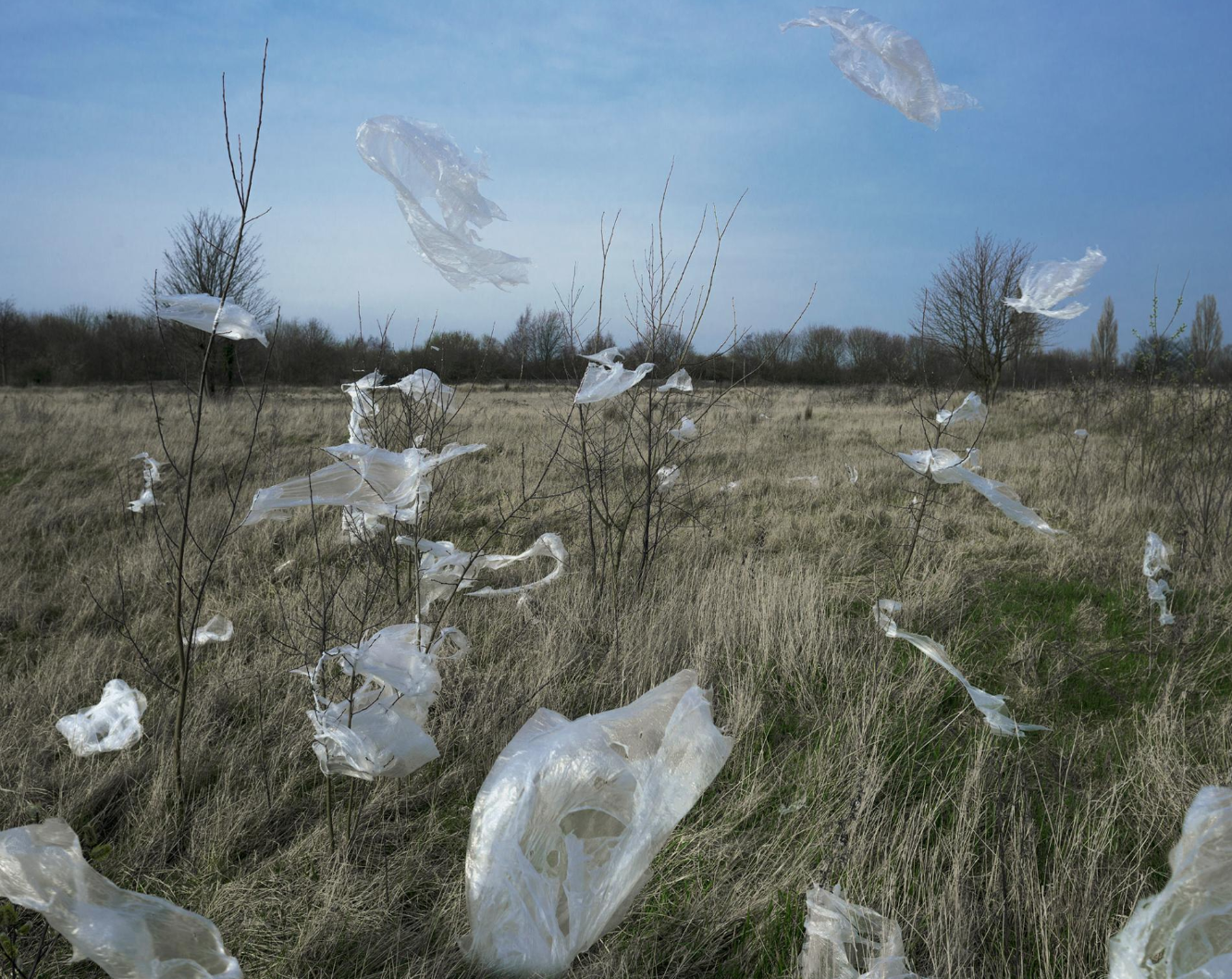2 Mins Read
Forget Purple Rain, we are now experiencing plastic rain. Researchers have discovered a plethora of multi-coloured microscopic plastic fibres in rainwater samples collected from the Rocky Mountains in the United States. The recently published study raises awareness about the extent of our plastic pollution. Plastic waste is not just pervasive in the planet’s rivers, soil, oceans, water supply, and landfills, but is literally in drops of rain.
Researchers from the US Department of the Interior and the US Geological Survey working on the study collected rainwater samples across checkpoints in Colorado. In addition to finding multi-coloured plastic fibres, microscopic particles of plastic beads and shards were also present in rainwater.
“I think the most important result…is that there’s more plastic out there than meets the eye. It’s in the rain, it’s in the snow. It’s part of our environment now.” said US Geological Survey scientist Gregory Wetherbee.
These results were accidental – the researchers initially set out to explore nitrogen pollution, but instead found shocking amounts of microplastic in virtually all their samples collected from every checkpoint across the Centennial state.
This new research reinforces what we already know about the horrifying degree of plastic pollution on our planet. A few months ago, Hong Kong scientists from Greenpeace East Asia and Education University revealed that the city’s seas are poisoned with plastic waste and found a staggering 11-fold increase in plastic pollution in just three years. The latest studies from Europe to Asia have all shed light on the scope and scale of microplastic contamination – in rural areas and cities alike, and in our food and water too. Scientists have estimated that we consume at least 50,000 plastic particles a year, some of these being small enough to permeate human tissues and cause immune reactions.
Despite scientists examining plastic pollution in oceans for decades, they have only been able to explain 1% of it. That means that the rest – 99% – is still left unaccounted for. Knowledge about the extent of plastic in our freshwater supplies, air, soil, and trapped in arctic ice remains sparse, said Stefan Krause from the University of Birmingham in conversation with The Guardian.
Activists, scientists and regulators have sounded the alarm for action to tackle the global health and environmental crisis we face. We need to dramatically reduce our plastic waste, and can start by breaking up with single-use disposables, introduce more reusables and recycle properly.
Lead image courtesy of Robert Brook, Corbis/Getty Images as seen in National Geographic.




